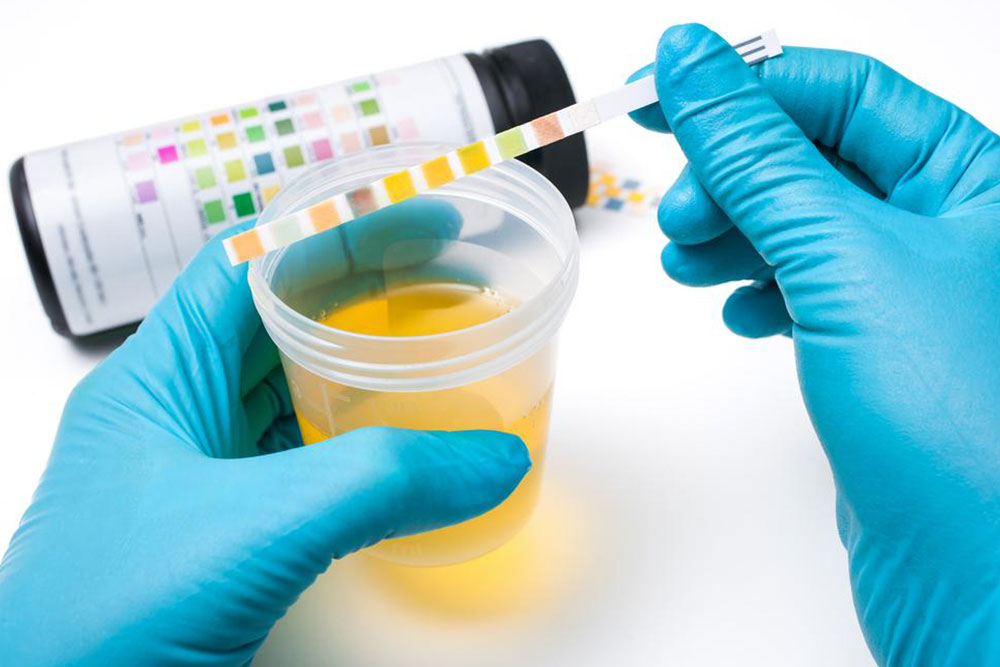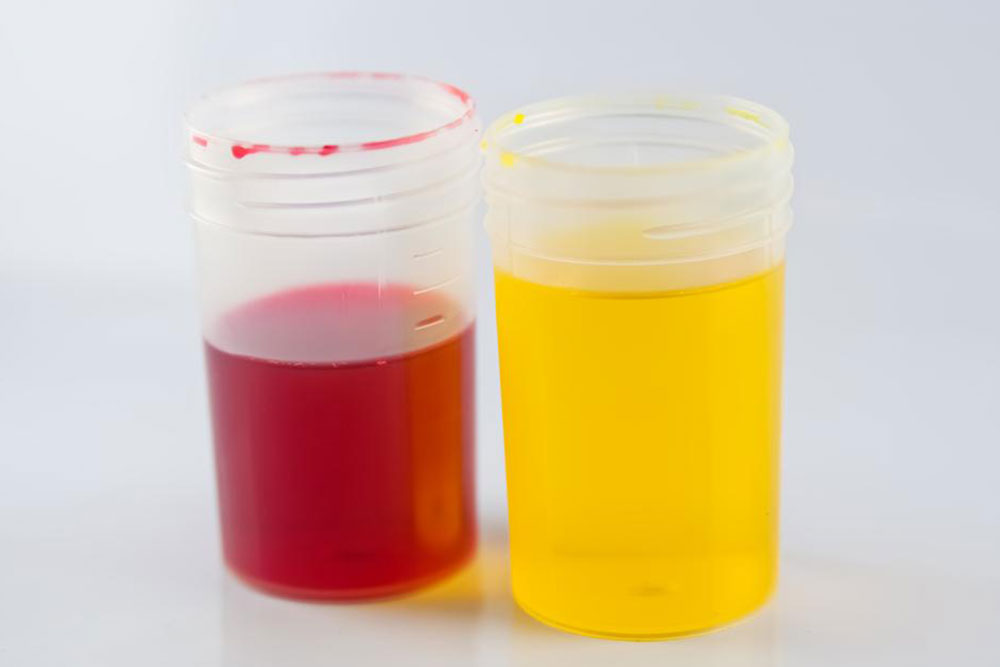How to check your health using a stool color chart
You might be surprised by this, but your stool says a lot about your health, diet, and what illness you might have. The color, texture, quantity and the consistency of your stool changes as per your dietary intake, and when you suffer from any health issues. Your stool acts as an indicator which helps you know about your health and the preventive measures you can take to escape from falling a victim of any diseases.

Normal stool color
The color of the stool depends on your diet and the amount of bile in it. The normal stool color is somewhere between light and dark brown. The most common color of stool is medium brown, and it indicates that you are healthy.
Causes of change in stool color
The color of the stool might change when you suffer from diarrhea, as at that time your food passes too quickly through the intestine, which does not give the chemicals in your gut enough time to break down the bile in your stool.
Also, another cause can be an excessive intake of green leafy vegetables due to which your stool appears green.
Sometimes your medication can affect your stool color, but it isn’t something you need to worry about.
While these are some harmless cases, there is a chance that a drastic change in stool color is a symptom of your gut bleeding or some unknown disease of the gastrointestinal tract, liver, or the pancreas.
If you notice that you are experiencing black stool symptoms, we suggest you to immediately see your doctor, as it means that you might have a case of intestinal bleeding.
Different stool colors in the stool color chart
Green is the second most common stool color after brown. Most of the times, it is harmless and indicates an excessive intake of green vegetables.
Light white colored stool either means that there is a defect in the bile duct or that you are under prescribed medication.
Yellow stool means that it has undigested fats which your intestine was not able to absorb. Excess of fat intake or a case of gluten allergy might cause yellow stool.
Red & black stools are something you cannot brush off as most of the times they are signs of internal bleeding of the gastrointestinal tract.
If, after reading the stool color chart, you are suspicious that you might have some serious health issues, we suggest you see your doctor and seek a proper medical treatment.




